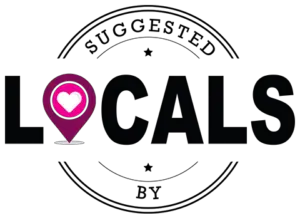My family and I first started spending our summers in Heber to escape the Texas heat in 2007. We loved the beautiful weather there—where it actually cooled down at night—and the small town was so charming and quirky. We moved there full-time in 2013 and have lived there since. Yet, for all the time we’ve lived in Heber, it has always felt like we were the outsiders: the newcomers from Texas who weren’t welcome into this small town.
And while there are many good things about Heber (for your sake and mine, please go try a shake at Dairy Keen—you’ll thank me later), we have to acknowledge that there are some very good reasons not to move to Heber that I wish we knew before 2013.
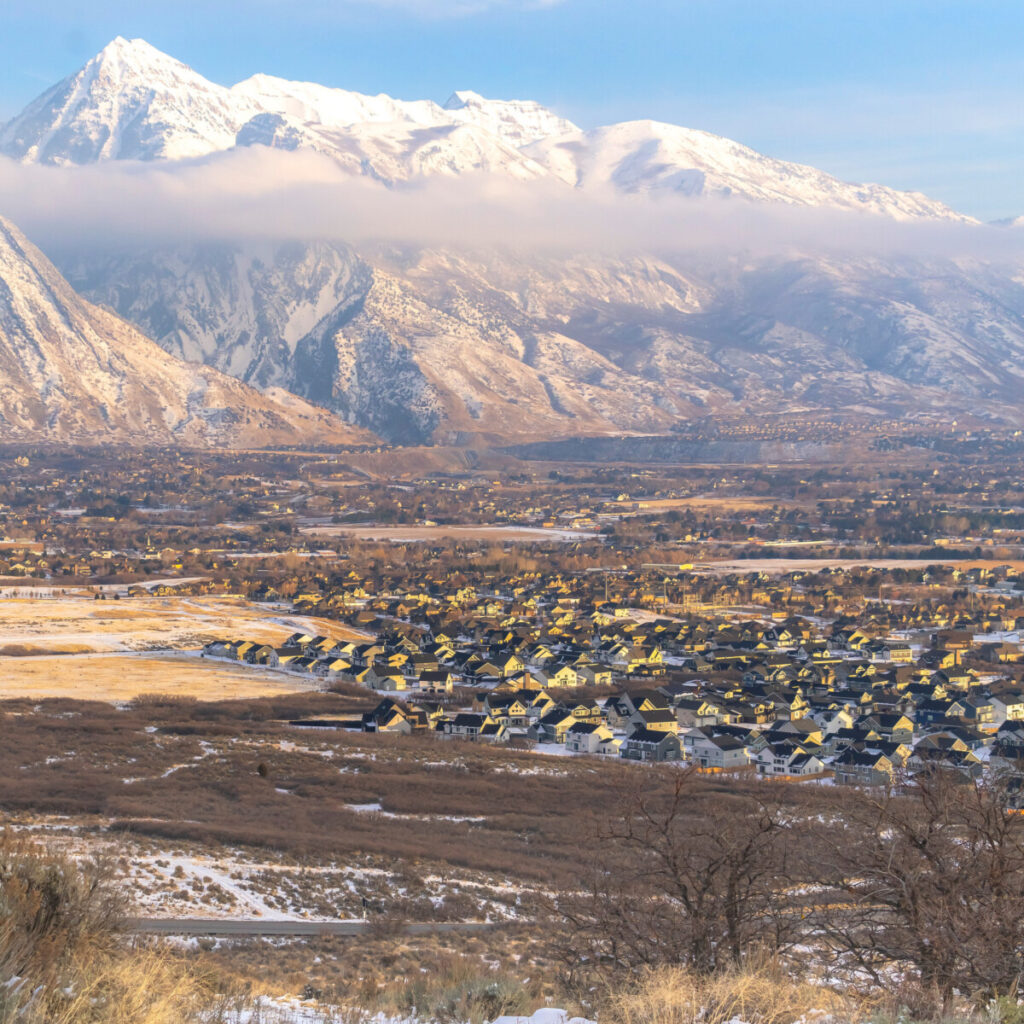
17. Amazon is your friend, last-minute gifts are not
If you enjoy quality products, specific stores, even an occasional trip to the mall, you will find none of these here in Heber—your best hope is Walmart or Smith’s. Nowadays, many of us get most of what we need from Amazon, so this isn’t as big of a deal as it was when we first moved to the Heber Valley. But as a high schooler, I would have to plan birthday gifts or Christmas presents weeks in advance to accommodate Amazon deliveries. Or, I would have to set aside time to go to Provo or Salt Lake to shop there.
If you want to go to a fancy restaurant for a date or a high school dance in Heber, your best chances were Café Galleria or The Corner (which is going down in business—see Reason 9), and both of these restaurants are not even in Heber but in Midway.
Of course, like with shopping you could drive to Park City, Salt Lake, or Provo to have a date. But when half of the year is covered in snow and Heber is stuck between two canyons (see Reason 2), and your date just got his license six months ago, you don’t really want to risk your life over some ice cream or pasta.
16. No Target or Chick-fil-A: despite all the growth, they still don’t have my two favorite locations
This is a personal preference of course. But I will say I was supremely disappointed when we moved to Heber and I realized not only were there no Target or Chick-fil-A locations within a forty-minute drive. Even now in 2022, there are still not either of these in Heber Valley. There’s a Panda Express, Burger King, Carl’s Jr, Starbucks, Costa Vida, Taco Bell (which is closed—see Reason 9), Cafe Rio, Wendy’s, and more, but even when there are rumors of a Chick-fil-A coming to the valley, still no dice. And I’m not even expecting a Target anymore—Heber’s too attached to Walmart to make that happen.
15. New small businesses don’t last long
If you’re like me and are hoping for some exciting, modern, unique growth in Heber, you might need to be careful. There are a couple of fun businesses that have started in the last few years—a French bakery, a coffee shop (that was taken over by another restaurant when it started to fail), an ice cream/diner spot, an old bookstore, and so forth. Every one of them had a refreshing view of what Heber Valley could offer, but due to the lack interest from the (whom I affectionally call) Heber Hicks and the newcomers (see Reason 4), they weren’t able to stay in business.
14. There’s still inversion
Many think that Heber is great because you get to escape the usual inversion of the surrounding cities like Salt Lake City, Park City, and Provo. And while it’s true that out of all these options Heber is the best location for stargazing, it doesn’t mean that it’s that better by a significant amount. As someone who often stargazes, I can tell you from experience that you’ll probably see only half of the sky’s stars due to the inversion from Provo spilling over Timpanogos Mountain.
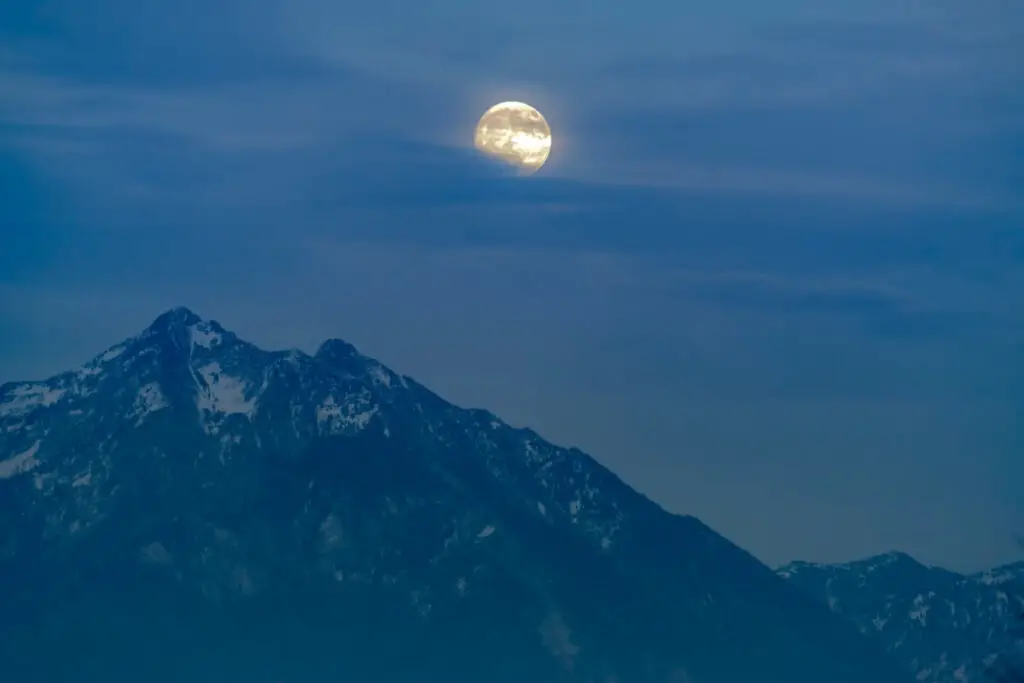
13. If you’re a lake lover, you might be out of luck
If you thought you’d move to Heber to enjoy the many different options for taking your boat out on the lake, here’s what it’s really like: Deer Creek and Jordanelle get packed. Since you’re higher up in the mountains where the sun beats harder—and apparently everyone owns a boat (or has a cousin who does, or shares a boat with a brother-in-law), everyone runs to the lakes every day of the summer. The only days that aren’t swamped are when it’s off-season, where the water is cold and the water level is even lower than it already is due to previous draughts.
Of course, you could go to Strawberry Reservoir, which is the size of Deer Creek and Jordanelle combined, but only if you’re willing to get up extra early to drive the forty-five minutes there. And with the other two lakes so much closer, it makes it hard to justify moving to Heber as a lake lover if you’re only going to use one of the three lakes.
12. Small towns amplify what is already there
This is good and bad: having a small-town mentality in regards to community and service is great in that you can always depend on your neighbors and friends to be around to help you. But my mom recalls how at the beginning of COVID, when the shelves of Walmart, Smith’s, and even Lee’s were stripped—just like every city’s stores were. But when you only have three stores to choose from (and Ridley’s, the only store in Midway, previously called “The Store”), and are somewhat isolated from other cities, it felt that it took even longer to have the shelves restocked.
While there is a lack of employees almost everywhere, it’s even worse in Heber (see Reason 9). As mentioned earlier, Taco Bell is, as of January 2022, closed down (along with other restaurants) and many other businesses are plastered with “now hiring” signs.
11. A large LDS population
Since Heber is just an hour from Salt Lake City, the large majority of the people living in Heber are members of the Church of Jesus Christ of Latter-day Saints. The fact that they belong to this religion is not the problem, but when Heberites are already not exactly friendly to outsiders (see Reason 4), their unfriendliness can be made all the worse if you don’t share this commonality with them. Get ready to learn a lot about the phrases dropped in conversation such as “wards,” “stake buildings,” “missions,” “mission farewells,” “Book of Mormon,” etc.
10. Poor man’s Park City
Heber is sometimes referred to as “Poor Man’s Park City.” And honestly, it fits. While the housing market is skyrocketing in both locations, it’s doing less so in Heber (all in comparison though). So, people who would think of living in Park City instead move to Heber to save money. That means that the usual personalities that would move to Park City (the stereotype being rich, artsy, ski lover, and part-time Utahn) are now in Heber and changing the face of Heber City.
This is not inherently bad; but for all the Heberites who loathe change and anybody who tries to make their small farm town into something that it originally wasn’t, they will fight both tooth and nail. Which leads perfectly into the next reason.
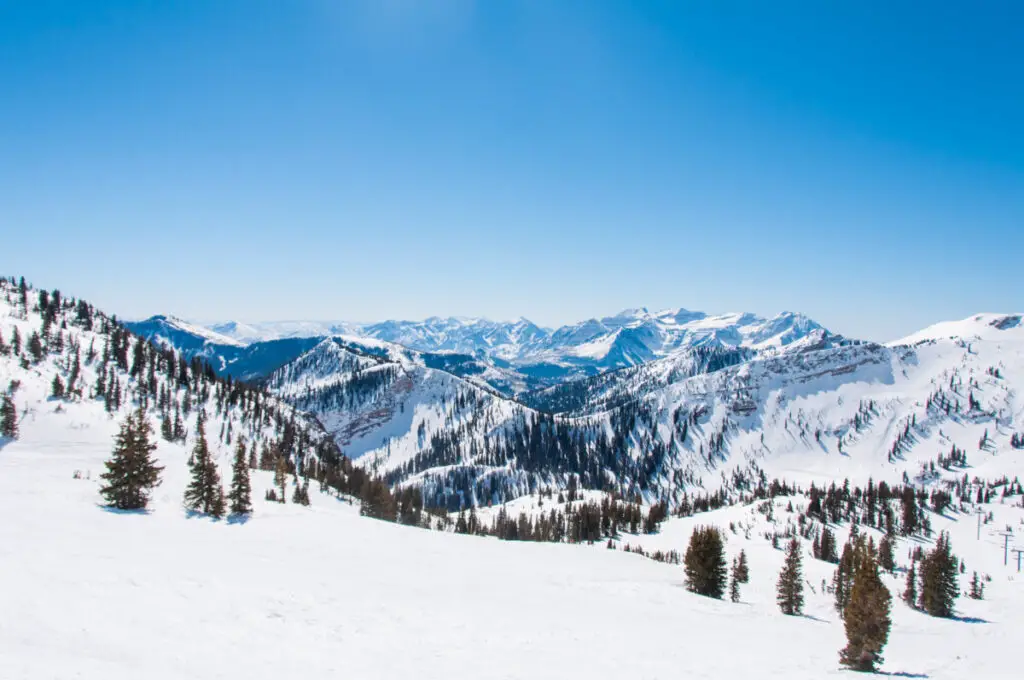
9. Can’t find people to work
Unlike other cities that are college towns or have multiple high schools to help employ restaurants and businesses, Heber just has one high school and limited options outside of that. Many people move to Heber because they appreciate the small-town aesthetic and beauty, but will then work in Park City, Salt Lake, or Provo. This means that these handful of potential workers are outsourcing to better cities with bigger and higher-paying companies.
And even despite the openings, high school students are still not jumping to work at Burger King (surprising, right?) because they’re the children of farmers or construction workers. Meaning, they’d rather work (or are strongly coerced into working) for their parents in the family business.
8. City planning is short sighted
Because so many of the old Heber locals refused to accept that Heber is growing, city planning has not prepared for this much increase in population. The people who should be in charge of making sure there’s ample room for new neighborhoods, businesses, or streets are stuck in a tough position—either they have to deal with constant pushback and complaining from the locals, or they themselves are local and are in a position of power where they can prevent those necessary measures needed to make improvements. When Midway got its first stoplight, locals were up in arms and acting like the end of the world was nigh.
7. Heber, the paradox
To say Heber’s growing pains have been difficult is an understatement. But what’s so paradoxical about the reason Heber is so loved is because it’s a small town. The more that people move there to enjoy the small town, the less “small” it becomes. I can somewhat see the locals’ point of view, where they feel all these new people moving in are changing the face of their small town. But it was only a matter of time, and the more they push back, the worse it’ll become for future developments.
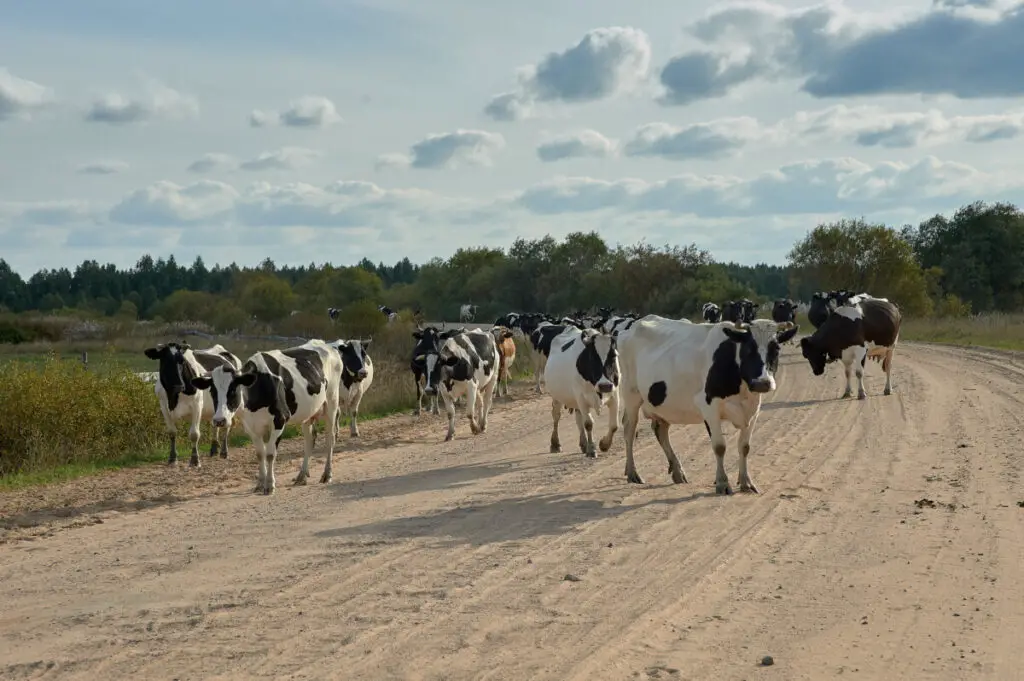
6. Only one high school
Good ol’ Wasatch Wasps. This high school was finished in 2009, but by the time students started attending, Heber already outgrew the school. Now, with 2,300 students (as of 2022), the administration is resorting to holding classes in the old middle school next to WHS and is trying to bid for a new high school. However, this bid has already been denied more than once, even though this school was supposed to house the students of Heber Valley for decades to come.
I guess we’ll just have to wait in see if someday Heber will finally acknowledge that they’re growing too fast for a single high school to handle it.
5. Small town politics
It was hinted at before (see Reason 8), but Heber is similar to other small towns in that the politics can get messy. Everyone knows everyone or at least knows their grandparents, cousins, childhood friends, etc. Things that shouldn’t become personal—like new small businesses, bids for a high school, building a new neighborhood on old farmland, high school sports, etc.—suddenly become very personal due to the combination of family ties and shared religion. Some might be so worried about upsetting the big families that have been here for generations, that they’ll put off effective city planning so that they can still imagine that their small town from thirty years ago is exactly the same.
4. Small town, small town mentality
You may find that the locals aren’t as friendly to the newcomers, probably because 1) they don’t like the growth happening in their little valley, and 2) they have the small-town mentality where they aren’t as welcoming because they’ve stuck in the same town all their life and don’t know (or remember) what it’s like to move to a new location.
And when you either have generational Heberites or any new people moving in and practically nobody in between, the people will make it very difficult to agree on what is best for the valley.
hat means though that there is a big separation in desires and expectations of Heber: the locals want Heber to stay small and rural, whereas the new people want to see some growth and improvement.
3. Bypass: rumors, or reality?
Besides the bid for a second high school, the other big bid Heber is in turmoil over is that of a bypass in the north fields of Heber Valley. Many are insistent on this bypass so that all the big semi-trucks can skip Heber’s small main street, making the roads safer and saving time to get from one canyon to the other. However, many of the locals are adamant about not having this bypass because the north fields act as a sort of swamp cooler; if the field is broken up, it could make the valley hotter and congested. Plus, in the eyes of the older Heberites, it would be ruining more farmland.
Like the high school bid, this bypass has already been denied a few times. But at the rate we’re going, this will be an inevitable development that the locals may just have to accept.
2. In between two dangerous canyons
Thanks to the higher elevation of Heber, it’ll snow (and stick) there way more than in Provo or Salt Lake. However, that also means that you’ll have to drive in the snow more often, and when you’re stuck between two (three, if you count Daniels Canyon) dangerous canyons, the conditions are made that much worse. Provo Canyon is especially dangerous, as it has a lot of winding roads and be very icy and snowy with low visibility. But regardless of which canyon you’re in, there will be drivers who aren’t paying attention or are driving too fast in snowy conditions and will get in accidents.
And if you luckily aren’t involved in an accident yourself, the only way home to Heber might be suddenly blocked up for two or three hours or until further notice. Meaning, you have the option of either waiting it out in a spot where your connection doesn’t work so you can’t call your family or check traffic conditions, or you can turn around and drive back the way you came, either through Provo or Salt Lake and get home using the other entrance to Heber. (Does this sound like a personal experience? Believe me, it’s happened more than once.)
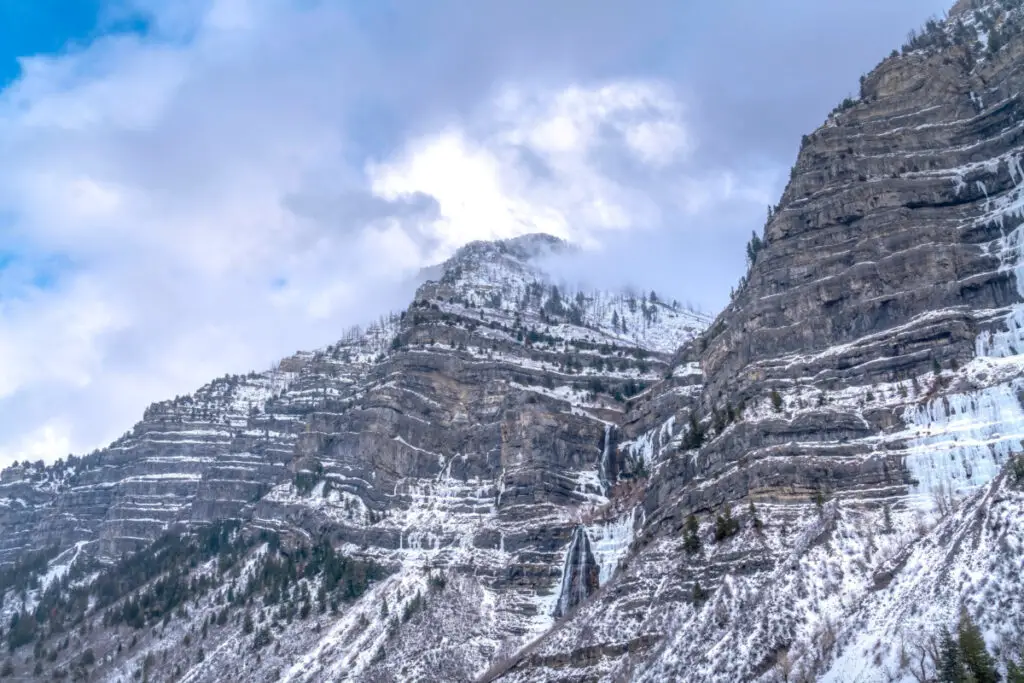
1. Housing market is INSANE
With all these new people moving the Heber, the market on house has increased significantly. According to RedFin , the value of a home in Heber increased 81.5% in the last year, with the average cost being $1.2 million. And according to Movoto
, the value of a home in Heber increased 81.5% in the last year, with the average cost being $1.2 million. And according to Movoto , Heber is a seller’s market, meaning that there are more people looking to buy than actual houses available. Knowing how quickly houses have been bought lately, that makes sense—with this high demand and low supply, some land or homes have been picked up before they even went on the market.
, Heber is a seller’s market, meaning that there are more people looking to buy than actual houses available. Knowing how quickly houses have been bought lately, that makes sense—with this high demand and low supply, some land or homes have been picked up before they even went on the market.
Because the competition is so cut-throat, people are scrambling for any availability in Heber, and are willing to pay almost anything for it. After all, if they were originally looking to buy in Park City, (see Reason 10) they can certainly afford it.
Related Topics:
If you like the article above, here are some other similar articles you should check out!
13 Best Family Neighborhoods in Heber Valley, UT
